The upcoming summit between the Community of Latin American and Caribbean States (CELAC) and the European Union (EU), to be held in Santa Marta starting on Sunday, comes at a time of global redefinition. It presents itself as a window of opportunity, albeit with major challenges ahead.
(Read this article in spanish here)
With the war in Ukraine approaching its fourth anniversary, escalation in the Middle East, and the return of a more punitive foreign policy in the United States under Donald Trump's second administration, Latin America seeks to assert itself, supported by the European bloc, on an increasingly uncertain world stage. Washington is cautiously observing every attempt to diversify alliances, under a logic in which it has shown itself willing to punish those it perceives as adversaries and reward those who align themselves with its strategic interests.
LEA TAMBIÉN
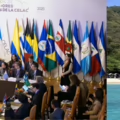
In this context, the rapprochement between CELAC and the EU represents both an opportunity and a risky gamble.
Michael Shifter, former president of the Inter-American Dialogue and expert on Latin American geopolitics, emphasizes that this rapprochement “is welcome, particularly in light of the Trump administration's aggressive and unilateral foreign policy”. According to him, the “Trump effect” has served to energize multiple alignments, where the strengthening of ties between Latin America and Europe becomes a key element of international balance.
However, Shifter warns that the timing is not ideal: “The summit will take place in a complex environment, marked by enormous regional fragmentation and with Europeans focused on other priorities”.
Merz, Macron, and Von der Leyen, the European leaders who canceled their attendance at the summit. Foto:CELAC
Europe is seeking partners to reduce its energy dependence and strengthen its presence in the global south, while Latin America is trying to gain autonomy amid tensions between powers. However, the rise of conservative governments in the region and internal divisions over how to balance ties with China, the United States, and Europe could limit the actual scope of the commitments that emerge from the meeting.
LEA TAMBIÉN
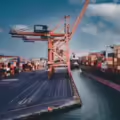
One example of this is the low attendance of presidents and dignitaries from both continents: only 12 leaders—out of 60 invited—confirmed their presence.
Among the most notable absences were European Commission President Ursula von der Leyen, German Chancellor Friedrich Merz, and French President Emmanuel Macron.
"The absence of President Claudia Sheinbaum reflects her priority to renegotiate Mexico's tariffs with the US, when 84% of its exports go to that destination. Meanwhile, leaders such as Javier Milei (Argentina), Nayib Bukele (El Salvador), and Daniel Noboa (Ecuador) are openly aligning themselves with Trump. Others, such as the presidents of the Dominican Republic, Panama, Costa Rica, Bolivia, and Peru, prefer to avoid being targeted by Washington", explains analyst Daniel Zovatto, director of Radar Latam 360.
He adds that although Brazilian President Luiz Inácio Lula da Silva recently confirmed his participation in the summit, his country is “playing on multiple boards”: it belongs to the BRICS, seeks to exercise regional leadership, and at the same time, seeks to maintain a pragmatic relationship with Trump after de-escalating bilateral tensions at their meeting in Malaysia.
Luiz Inácio Lula da Silva will attend CELAC. Foto:efe
This week, Lula warned that “the CELAC meeting only makes sense if we discuss the presence of US warships in Latin American waters”, reigniting a topical issue that is not on the official agenda.
The summit, co-chaired by Colombian President Gustavo Petro and European Council President Antonio Costa, will be attended by Spanish Prime Minister Pedro Sánchez; the prime ministers of Portugal, Finland, and the Netherlands; and Uruguayan President Yamandú Orsi, whose country is part of the CELAC troika along with Honduras and Colombia.
LEA TAMBIÉN
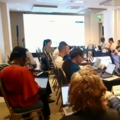
Opportunities and limitations of the bi-regional link
After the 2023 summit, and as Trump's return became more likely, the EU accelerated its rapprochement with Latin America with actions such as the signing of the EU-Mercosur treaty (pending ratification), the renewal of the agreement with Mexico, and the modernization of the agreement with Chile.
As Ernesto Talvi explains in an analysis by the Elcano Royal Institute, “the rapid pace at which these agreements are being concluded is no coincidence, but a clear manifestation of the EU's political decision to strengthen its strategic partnership with Latin America in a context of global geopolitical reconfiguration”.
The European approach is based on three pillars:
1. Diversifying alliances in the face of US protectionism, China's advance, and Russia's expansionist threat.
2. Securing critical raw materials (lithium, copper, platinum, etc.) for the green transition with reliable partners.
3. Building decarbonized value chains by taking advantage of Latin America's abundance of renewable energy.
However, as Michael Shifter warns, “it is important to keep expectations in check.” In his view, Europeans have limited resources and will focus their efforts “on areas that boost their economies, such as critical minerals and clean energy”.
The expert adds that, when it comes to transnational organized crime, the EU should help strengthen regional capacities, “but also do more within Europe, which has become part of the problem in its global dimension”.
LEA TAMBIÉN

Carlos Malamud, senior researcher at the Elcano Royal Institute, agrees that the challenge will be to transform the promises of a “bi-regional society” into concrete actions—in energy, security, or green transition—without falling into a new logic of blocs: “The strong ties between Mexico, Central America, and the Caribbean with the US, and between South America and China, will not change in the short term”.
For his part, academic Rogelio Núñez Castellano points out that the EU also faces its own internal divisions: “Not all member countries are willing to strengthen ties with Latin America. In addition, China offers more flexible conditions, quick decisions, and greater financial muscle”.
Donald Trump maintains a strong military presence in Caribbean waters. Foto:Archivo EL TIEMPO / Agencias AFP y EFE
“If the EU wants to project its influence in the region and strengthen its alliance, it must address structural problems, not only through the Global Gateway, but also by ratifying the EU-Mercosur Agreement and making progress on issues such as the migration crisis and security, which are undermining Latin American democratic institutions”, the expert concludes.
Towards a new bi-regional narrative
For Shifter, the Santa Marta Summit should mark a change in approach: “Traditional diplomacy needs to be modernized and renewed. It is crucial to involve young people and social movements more actively and give them a real voice in defining policies and priorities”.
The former director of the Inter-American Dialogue believes that greater emphasis on the digital transformations taking place on both continents could spark interest and engagement among sectors that are critical to the future of the relationship.
LEA TAMBIÉN
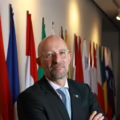
In this regard, the success of this Summit will depend not only on the agreements signed, but also on its ability to build a shared narrative that is more participatory and less bureaucratic, capable of addressing common challenges: climate change, transnational crime, inequality, and technological transition.
(*) This article was reported by Juliana Castellanos from Bogotá.
Editor's note: This text is an artificially intelligent English translation of the original Spanish version, which can be found here. Any comment, please write to berdav@eltiempo.com
More news
LEA TAMBIÉN

LEA TAMBIÉN

.png) hace 9 horas
2
hace 9 horas
2
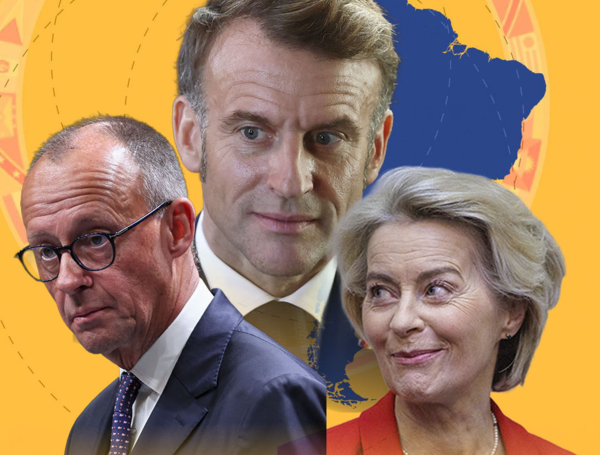
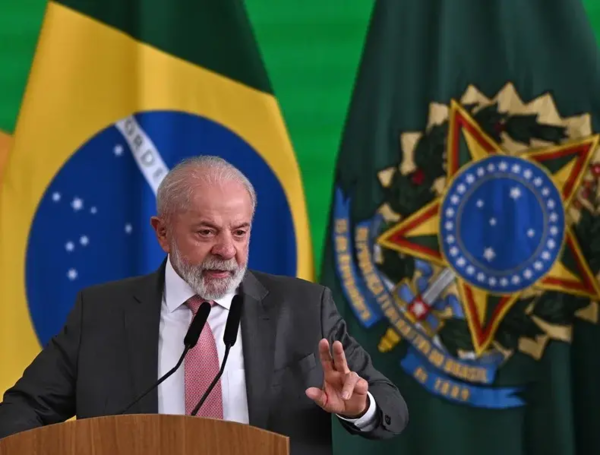

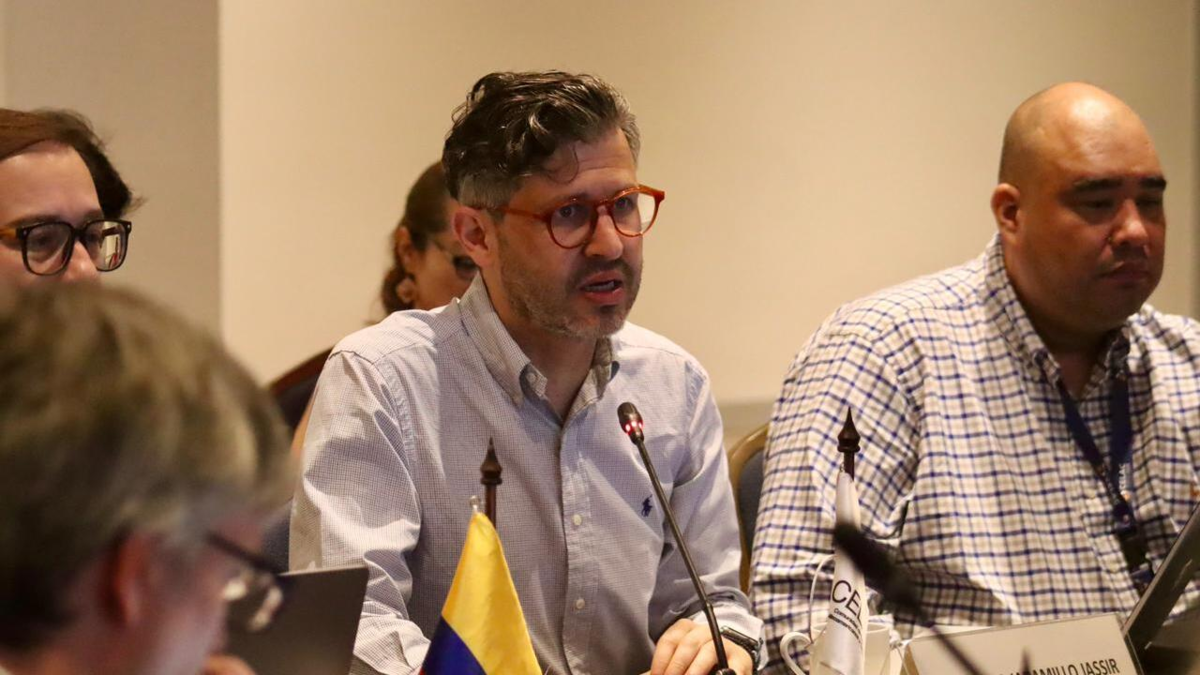

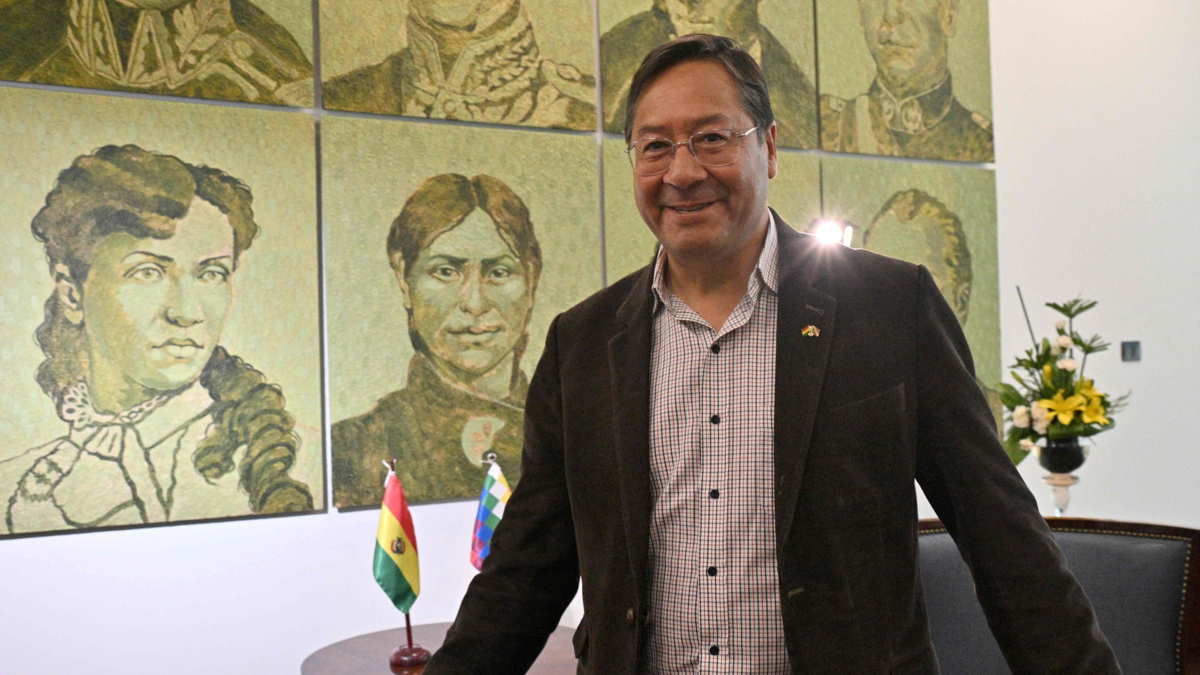
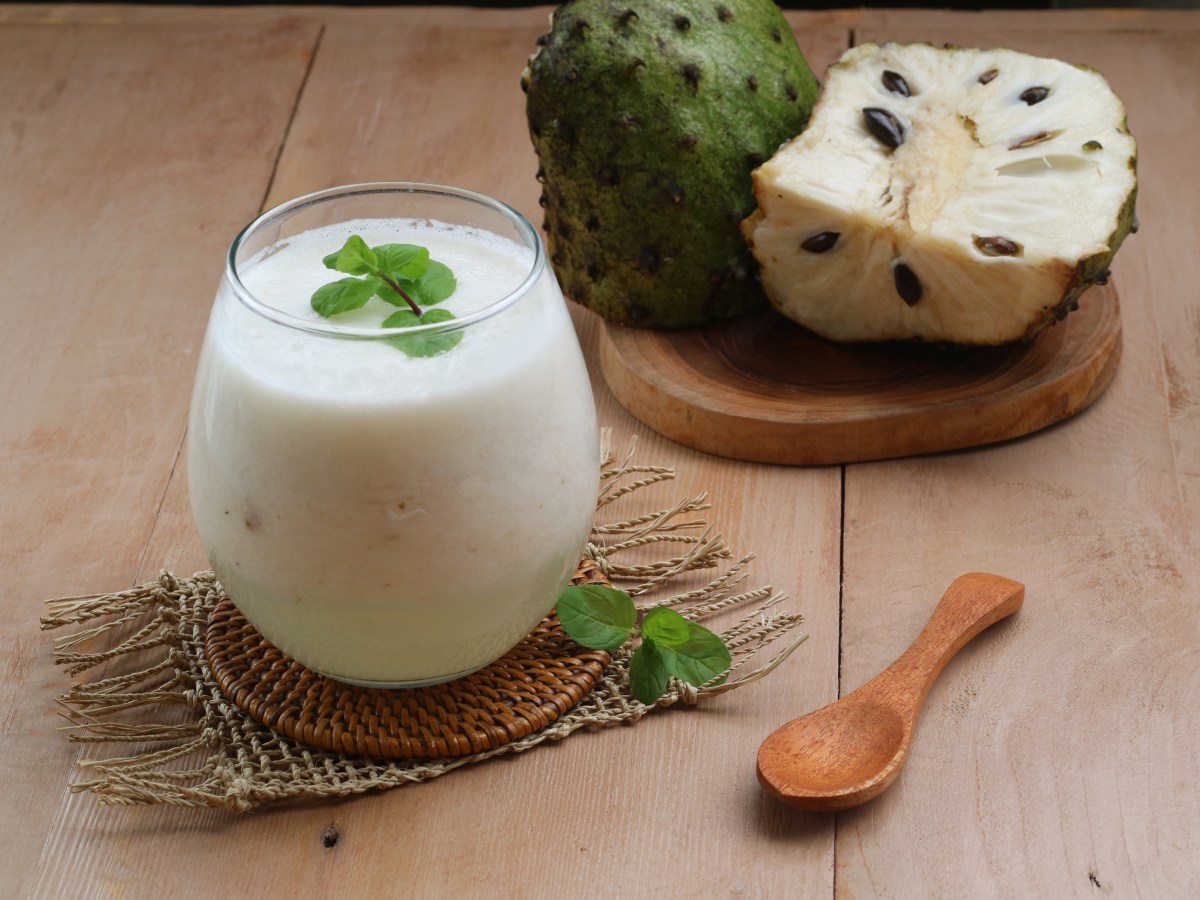



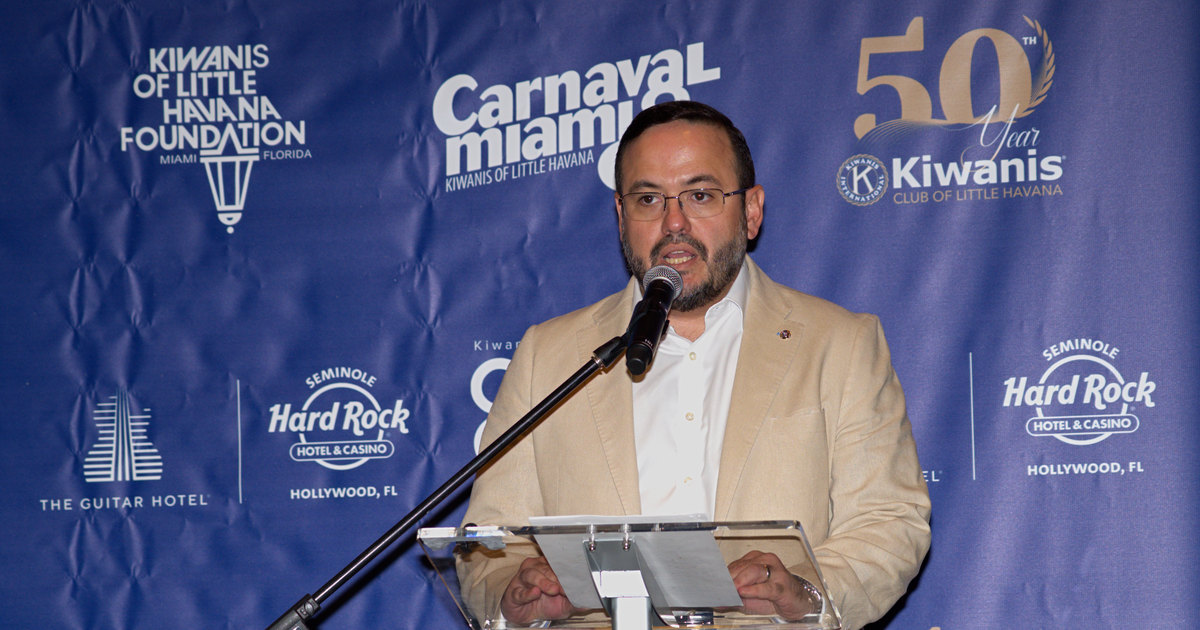
 English (US) ·
English (US) · 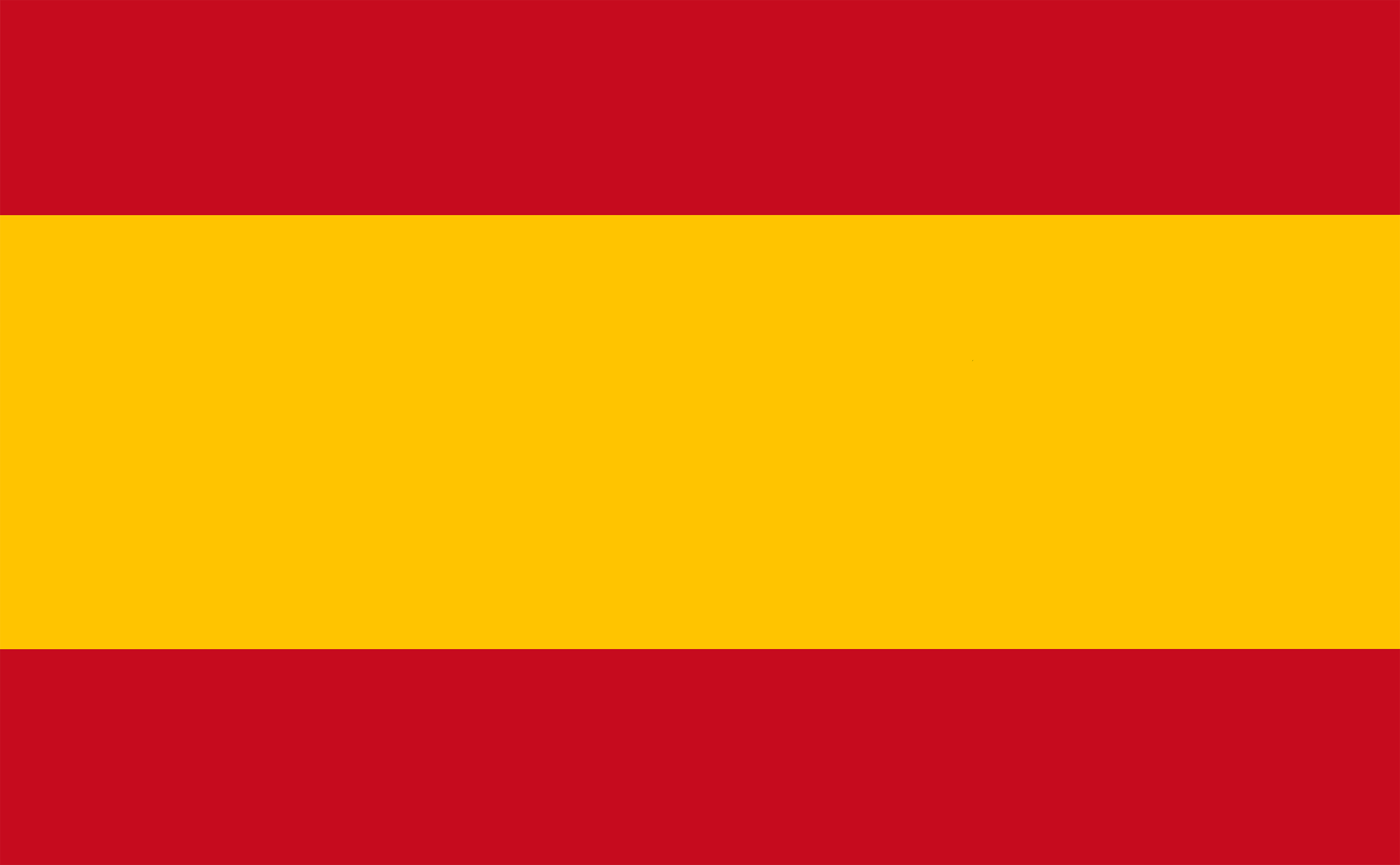 Spanish (ES) ·
Spanish (ES) ·